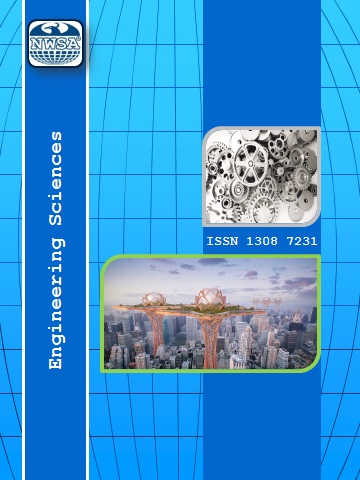VARIATIONS IN CONCRETE QUALITY PRODUCED FROM A BLEND OF CLAY-BASED CONCRETE ADMIXTURES AND MULTIPLE ADDITIVES FOR STRUCTURAL APPLICATIONS
Akanu-Ibiam EFFIONG NDON1
,
Aniekan IKPE ESSIENUBONG2
The present study examines the variation in the quality of concretes (in terms of compressive strength) produced from a blend of clay-based concrete admixtures and multiple additives using standard test methods such as slump test, concrete cube test, curing duration etc. It was observed that for control samples with no clay and high clay content at 7, 14, and 28 days of curing, the average compressive strengths were 21.05, 22.13, 30.62 and 13.57,14.26 21.49N/mm2. For periwinkle shell ash and superplasticizer (conplastSP430) combined together at 7, 14 and 28 days at 5%, the compressive strength were 26.06, 24.76 and 27.52N/mm2. Similarly for Rice husk ash and Hydrated Lime combined together at 7, 14, and 28 days at 5%, the compressive strength were 29.47, 29.02 and 31.52N/mm2. For all additives combined together at 5% and 2.5% each at 7, 14 and 28 days, the compressive strengths were 11.15, 15.52, 20.64 and 18.11, 22.79. 25.68N/mm2 respectively. However, superplasticizer (conplastSP430) at 10% yielded the highest compressive strength of 30.78, 33.48, and 35.72 at 7, 14, and 28 days curing. This implies that concrete with high clay content possess low compressive strength as well as low quality which is not suitable for structural applications, in which case can be improved to satisfactory levels and percentages when combined with additives at adequate curing durations and mix ratios.
Keywords
Compressive Strength,
Concrete,
Mix Ratio,
Curing Period,
Additives ,
 +90(535) 849 84 68
+90(535) 849 84 68 nwsa.akademi@hotmail.com
nwsa.akademi@hotmail.com Fırat Akademi Samsun-Türkiye
Fırat Akademi Samsun-Türkiye
